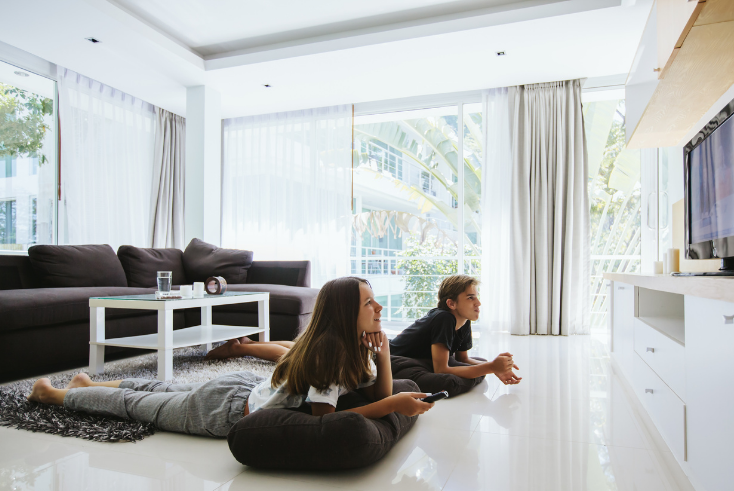Lockdown drives 92% gulf between generational commercial media habits


The gap between how generations watch commercial media widened significantly during last year’s UK lockdowns, according to the IPA’s latest TouchPoint report.
The figures suggest there’s now only an 8% similarity between how 16- to 34-year-olds and how the over-55s watch commercial media.
This is down from a 21% similarity between the generations in pre-lockdown 2020 and a marked fall from 58% in 2015, highlighting the pace of change in just five years and the impact that lockdown has had in accelerating trends, namely the diversification of media habits between the generations.
With now a 92% gap between how 16- to 34-year-olds and how the over-55s watch commercial media, the IPA is urging brands to develop more diverse media plans.
The TouchPoint study focuses on media where advertising can be bought and is designed to help brands work out where to invest in research, attention and effort.
Online video has seen the most significant growth of any channel over the past five years.
For the first time, during lockdown 2020 it commanded more time than recorded/live TV for the 16-34 age segment.
TV meanwhile saw a comeback during 2020 lockdown. Time spent by all adults watching commercial television had reduced slightly from 41% in 2015 to 38% in 2020. In lockdown last year, this shifted back up to 40%.
However, mobile (smartphone and tablet) now commands over double the share of time (56%) that 16-34 year-olds spend with the TV set (23%).
The IPA’s senior research and marketing manager, Simon Frazier said: “What is clear is that the lockdown has undoubtedly reinforced the dominance of key media for the different audiences and exacerbated the differences.
“This greater fragmentation of the landscape means, the ability for a single commercial channel to deliver comprehensive reach to all adults has significantly diminished. A ‘one size fits all’ media approach is likely to be less effective than it was previously – with a mix of both digital and non-digital required for ultimate brand-building success.”
